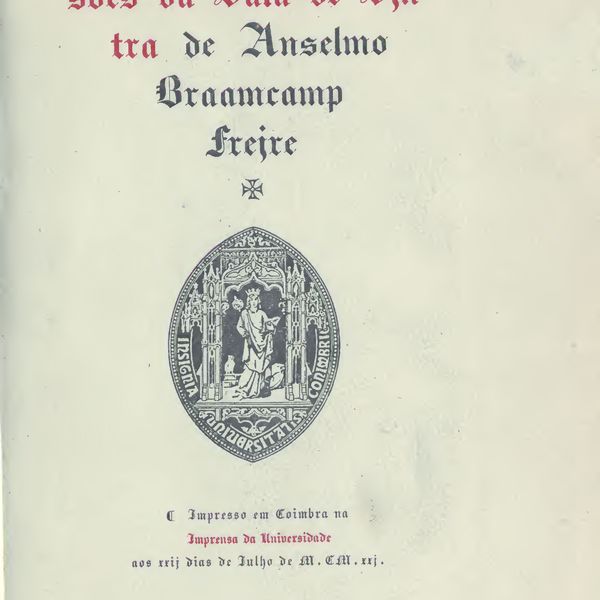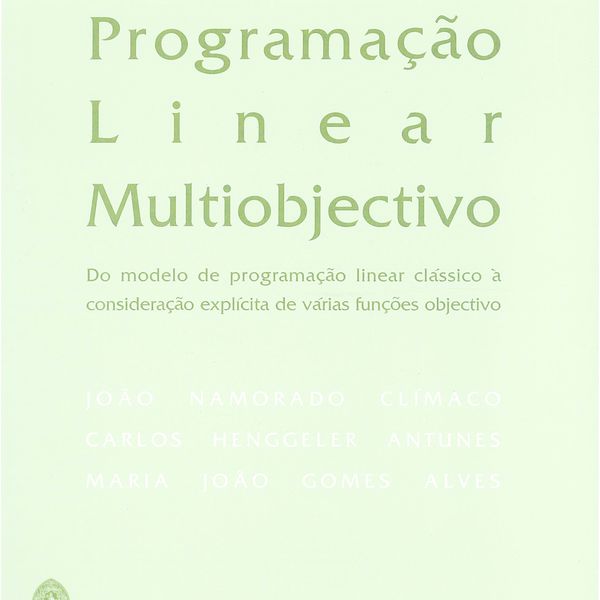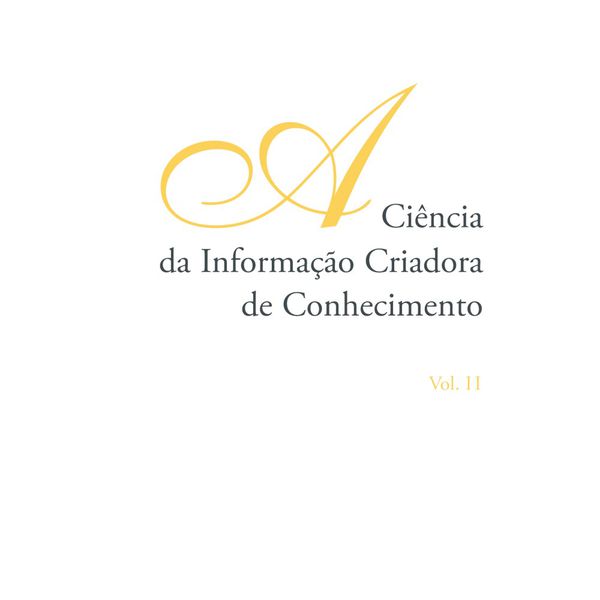Coleção digital
Pombalina
Nesta coleção
A POMBALINA é uma biblioteca digital de livros, assim designado em homenagem ao Marquês de Pombal, a quem se deve a decisão de criar a Imprensa da Universidade de Coimbra (IUC), em 1772. Ligada embora diretamente à atividade editorial da IUC, a POMBALINA privilegia o diálogo com outras editoras, procurando assumir-se como uma plataforma de difusão da cultura e ciência produzidas em espaço lusófono.
Estatísticas
931 Itens
Recentes


